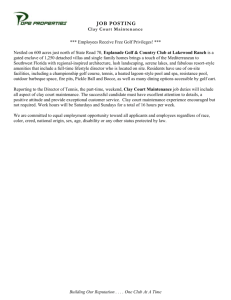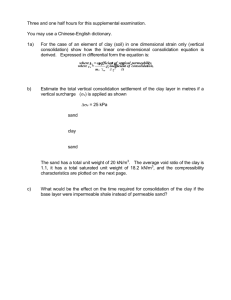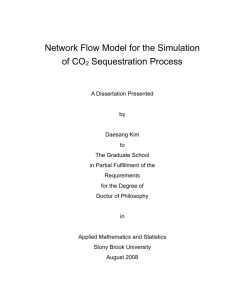instructions to authors for the preparation - The Gibson Group
advertisement
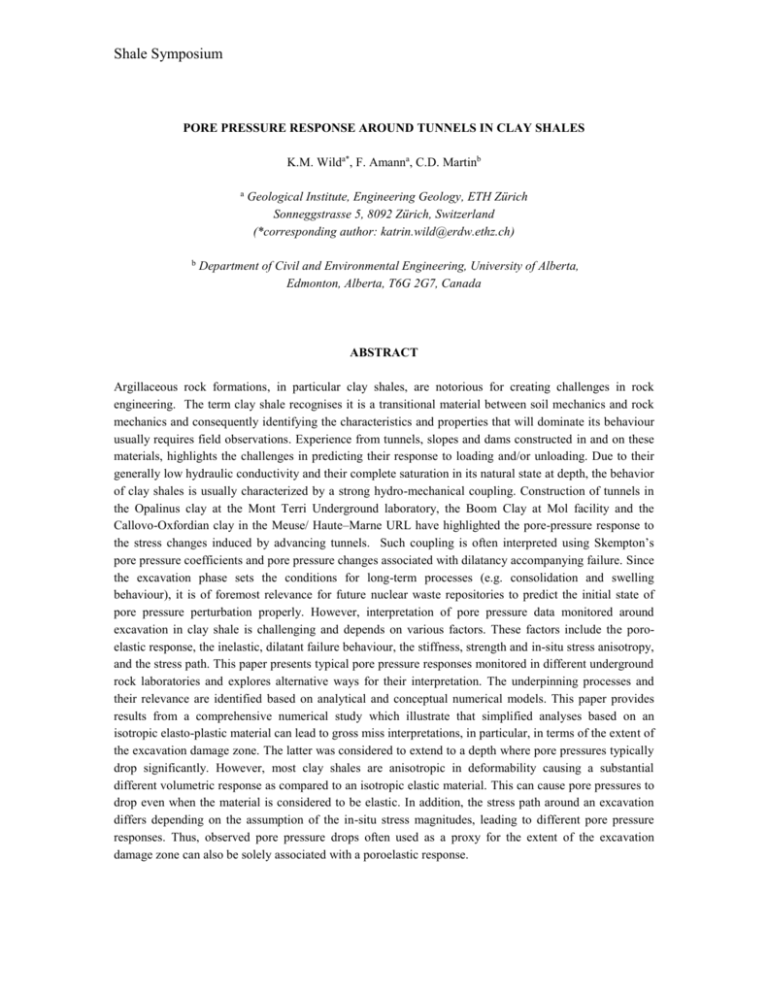
Shale Symposium PORE PRESSURE RESPONSE AROUND TUNNELS IN CLAY SHALES K.M. Wilda*, F. Amanna, C.D. Martinb a b Geological Institute, Engineering Geology, ETH Zürich Sonneggstrasse 5, 8092 Zürich, Switzerland (*corresponding author: katrin.wild@erdw.ethz.ch) Department of Civil and Environmental Engineering, University of Alberta, Edmonton, Alberta, T6G 2G7, Canada ABSTRACT Argillaceous rock formations, in particular clay shales, are notorious for creating challenges in rock engineering. The term clay shale recognises it is a transitional material between soil mechanics and rock mechanics and consequently identifying the characteristics and properties that will dominate its behaviour usually requires field observations. Experience from tunnels, slopes and dams constructed in and on these materials, highlights the challenges in predicting their response to loading and/or unloading. Due to their generally low hydraulic conductivity and their complete saturation in its natural state at depth, the behavior of clay shales is usually characterized by a strong hydro-mechanical coupling. Construction of tunnels in the Opalinus clay at the Mont Terri Underground laboratory, the Boom Clay at Mol facility and the Callovo-Oxfordian clay in the Meuse/ Haute–Marne URL have highlighted the pore-pressure response to the stress changes induced by advancing tunnels. Such coupling is often interpreted using Skempton’s pore pressure coefficients and pore pressure changes associated with dilatancy accompanying failure. Since the excavation phase sets the conditions for long-term processes (e.g. consolidation and swelling behaviour), it is of foremost relevance for future nuclear waste repositories to predict the initial state of pore pressure perturbation properly. However, interpretation of pore pressure data monitored around excavation in clay shale is challenging and depends on various factors. These factors include the poroelastic response, the inelastic, dilatant failure behaviour, the stiffness, strength and in-situ stress anisotropy, and the stress path. This paper presents typical pore pressure responses monitored in different underground rock laboratories and explores alternative ways for their interpretation. The underpinning processes and their relevance are identified based on analytical and conceptual numerical models. This paper provides results from a comprehensive numerical study which illustrate that simplified analyses based on an isotropic elasto-plastic material can lead to gross miss interpretations, in particular, in terms of the extent of the excavation damage zone. The latter was considered to extend to a depth where pore pressures typically drop significantly. However, most clay shales are anisotropic in deformability causing a substantial different volumetric response as compared to an isotropic elastic material. This can cause pore pressures to drop even when the material is considered to be elastic. In addition, the stress path around an excavation differs depending on the assumption of the in-situ stress magnitudes, leading to different pore pressure responses. Thus, observed pore pressure drops often used as a proxy for the extent of the excavation damage zone can also be solely associated with a poroelastic response. Shale Symposium KEYWORDS Clay shales, numerical modelling, hydro-mechanical coupling, poroelasticity, stress path, transversal anisotropy
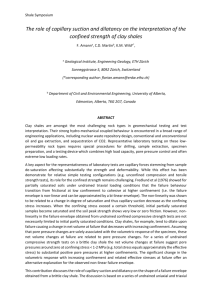



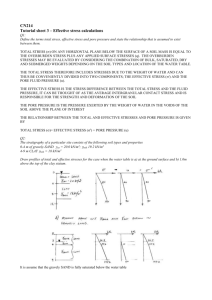


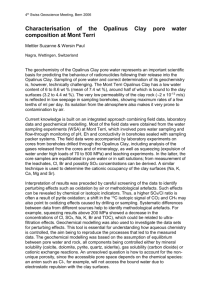
![[1.1] Prehistoric Origins Work Sheet](http://s3.studylib.net/store/data/006616577_1-747248a348beda0bf6c418ebdaed3459-300x300.png)
